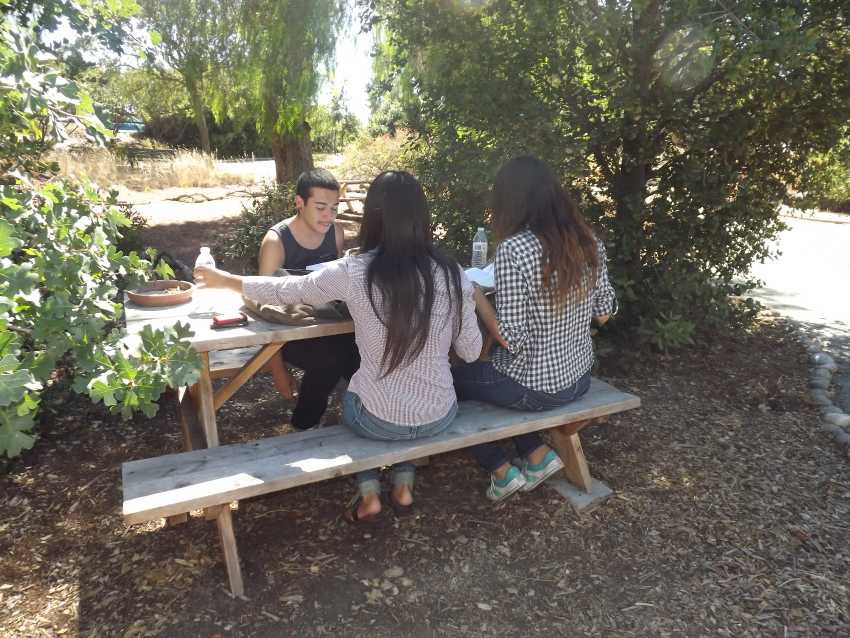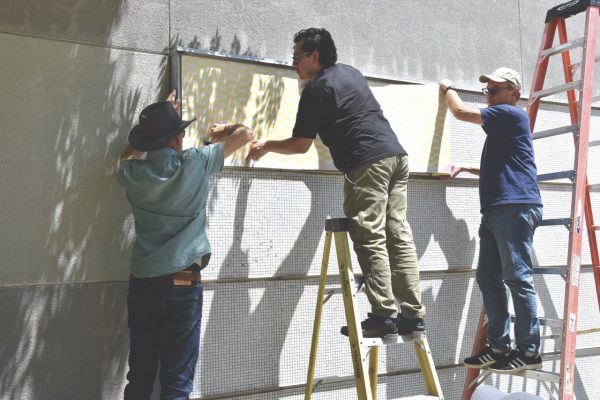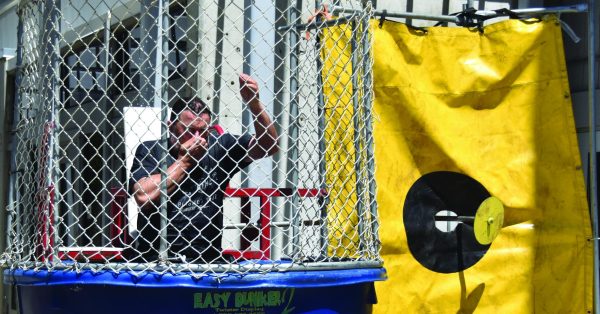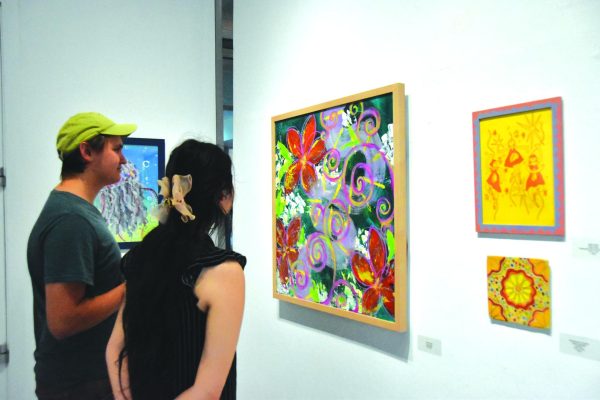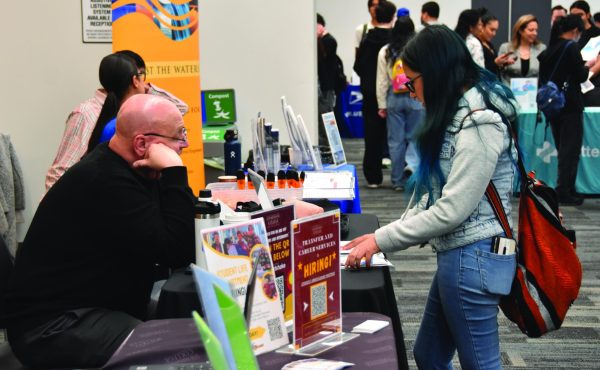LMC’s soothing retreat
Students relax and do some studying at the nature preserve.
There is a refreshing scent of herbs and other vegetation rising into the air to meet visitors approaching Los Medanos College from Parking Lot B.
The beautiful smell that permeates the area is from the sage and mint leaves and other herbs. A quick turn to the west after the parking lot will lead into the college’s Nature Preserve.
“We’re a nonprofit schoolyard habitat,” said Outdoor Lab Technician and Caretaker Mark Asher, adding that the preserve is an open-air biological laboratory.
The air breathed in the nature preserve advertises health and heartiness. But the tables, which are so conveniently placed under trees for study or relaxing, are supplied with ashtrays to keep smokers from starting a fire and destroying the beauty.
“Anything that can grow in the entire college area always ends up growing in the preserve,” said Mickey Rovere, assistant caretaker. “It is carried by the wind. When they mow the lawn the wind blows disturbed seeds down the hill into the preserve.”
Over in a cove, beneath luscious shade trees, there is a fishpond with California native mosquito fish. As the mosquito lay their larvae, the fish eat them, thereby keeping the mosquito population down.
The preserve is also home to jack rabbits, coyotes, snakes and assorted squirrels. Rovere said the coyotes come after dark to feast on the wildlife. “We find skulls in here all the time,” Rovere said, adding that a coyote had made a kill during the previous night.
A web report documents the origins of the Nature Preserve…“Christine Hagelin, environmental biologist has now retired, but the students in her Environmental Biology and General Biology classes developed the Nature Preserve. It is a habitat for Wildlife and Learning.”
Students worked for several years planting California native plants on the one acre site at the college. The plants, along with the pond, provide a home for wildlife like the monarch butterfly and the Anna’s hummingbird.
The LMC Nature Preserve has been certified as a schoolyard habitat for wildlife by the National Wildlife Federation, stating that “This national certification program certifies schools which provide the four components for wildlife: food, water, cover and places to raise young.”
The “caretakers” are also instructors. Asher teaches the history of plants in California, bio diversity, adaptations and evolution, soil science and horticulture. He also teaches all sections of chemistry. Rovere also teaches, and has coordinated labs for Biology 007. “I’m doing one in two days, Asher said adding, “They’re more like lab practicums.”
“Everything here is California native, with the exception of the things the birds plant. That we can’t control. But we try to pull all the invasive grasses,” Rovere said. Biology students earn extra credit by volunteering to help pull weeds or otherwise keep the preserve in order, Rovere said.
One must be careful when walking in the preserve because ground squirrels dig holes. Visitors should wear sturdy comfortable shoes. “Even in my boots, I will step in a certain spot, and I almost broke my ankle one day,” Rovere said.
On Earth Day, there was a plant sale which garnered $53, not as much as the previous sale, but still helpful. There is usually a plant sale in the fall and in the spring.
“All our plant sale funds go to the Nature Preserve. We use the funds for Nature Preserve materials so we can keep having classes come and use it as an outdoor Laboratory,” Asher said.

